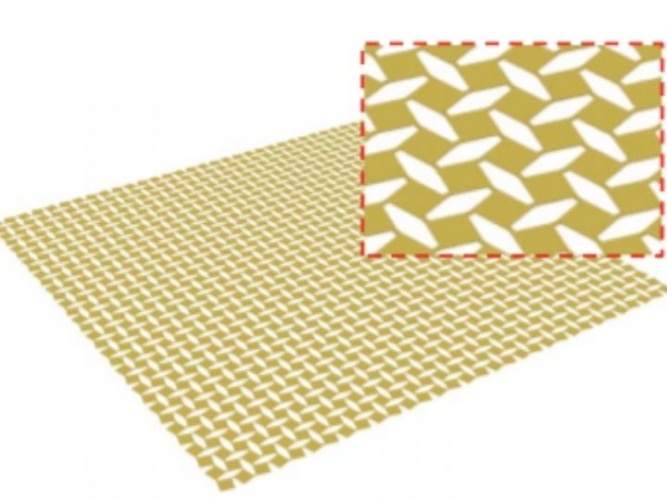
The advance by Cunjiang Yu, Bill D. Cook Associate Professor of Mechanical Engineering at the University of Houston, Texas, is detailed in Nature Electronics.
"Existing curvy imagers are either flexible but not compatible with tuneable focal surfaces, or stretchable but with low pixel density and pixel fill factors," Yu said in a statement. "The new imager with kirigami design has a high pixel fill factor, before stretching, of 78 per cent and can retain its optoelectronic performance while being biaxially stretched by 30 per cent."
Snakeskin soles pop-up to help reduce falls
Snake locomotion inspires search and rescue robots
Digital camera systems using conventional rigid, flat imaging sensors require complex and bulky lenses to correct optical aberrations, but the curvy camera can work with a single lens while correcting aberrations. The curvy camera also offers other benefits such as a wide field of view and compact size.
According to the University, Yu has shown that the curvy and shape-adaptive cameras with high pixel fill factors can be created by transferring an array of ultrathin silicon pixels with a kirigami design onto curvy surfaces using conformal additive stamp (CAS) printing, a manufacturing technology in which an elastomeric balloon with a sticky coating is inflated. It is then used as a stamping medium, pushing down on prefabricated electronic devices to pick up the electronics and print them onto various curvy surfaces.
Kirigami is the Japanese art of paper cutting and Yu used the kirigami principle on a thin sheet of imaging sensors, making cuts which allows it to stretch and curve. Compared to other stretchable structure designs, such as thin open-mesh serpentine or island-bridge structures, this new kirigami structure has a much higher fill factor.
Yu also makes it shape-adaptive, enabling it to capture objects at different distances clearly.
"The new adaptive imager can achieve focused views of objects at different distances by combining a concave-shaped camera printed on a magnetic rubber sheet with a tuneable lens,” said Yu. “Adaptive optical focus is achieved by tuning both the focal length of the lens and the curvature of the imager, allowing far and near objects to be imaged clearly with low aberration."




Poll: Should the UK’s railways be renationalised?
Rail passenger numbers declined from 1.27 million in 1946 to 735,000 in 1994 a fall of 42% over 49 years. In 2019 the last pre-Covid year the number...